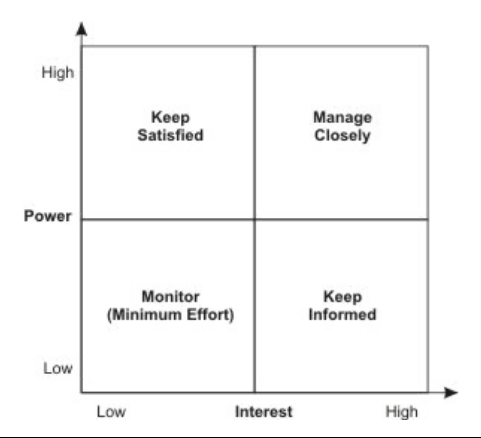Making relationships
The success of your National Skills Academy for Construction (NSAfC) project will depend on the quality of the relationships you establish with your key stakeholders.
These are the people who could use, benefit from, or help you develop the project, and could include:
- Colleagues
- Subcontractors
- Managers (especially dealing with recruitment, skills and training)
- Local authorities (employment and skills contacts)
- Local employment partnerships (LEPs)
- Schools and universities (careers advisors; relevant course tutors)
- Colleges (business or employment liaison officers)
- Job centres and employment agencies
- Training providers
- Students
- Workers
- Job seekers
- Co-ordinators of other NSAfC projects.
To identify your stakeholders, think about anyone who may be affected positively or negatively, directly or indirectly, by your project. This includes people who may be interested in or can influence the outcome of the project.
You should also form relationships with co-ordinators on other NSAfC projects. See Reviewing, sharing and celebrating your experiences for more information.
Carrying out a stakeholder analysis can help you to organise your communications and prioritise your relationships.
Research the needs and concerns of your stakeholders by asking:
- What makes them stakeholders
- What they need from you
- What you need from them
- What issues you need to brief them on.
You can summarise the stakeholder information and interests against recommended actions in a stakeholder report.
The end product of your analysis is a communication plan that forms part of your overall project plan.
This outlines how best and how often to communicate with stakeholders. To avoid diverting resources to marginal stakeholders, you should prioritise them according to how powerful and interested they are in the project. To help you do this, plot them on the grid below:

Your communication effort, mode and frequency should depend on the importance of the stakeholder. Some need simple and infrequent updates, while more important ones require regular and detailed communications.
After you have developed a stakeholder analysis and communication plan, you need to find out who the right people to talk to are within organisations, if you don’t already know them.
Engaging your supply chain
Get to know all the subcontractors in your supply chain and attend relevant meetings so you can identify how the NSAfC approach can help them improve their existing competencies. You can use our example Subcontractor questionnaire to help you get a picture of their current skills and training situation.
Talk to the project manager and find out who usually deals with training or recruitment and include them in training events. Make yourself known as the go-to person for onsite for skills and training matters, and be available to them and be consistent in your approach. It’s important that they know about the NSAfC KPIs, and that you give them the support they need – for example, to take on apprentices – to fulfil any contractual requirements.
You may need to make regular onsite visits, and to prompt them to send you their training certificates, training plans, number of trainees on site and other evidence you may need. Lack of responses to your emails should be followed up in person. It may be that they just need your help to complete some paperwork – and going through it with them is the most effective option.
You could also arrange for your local CITB representative to make regular visits to keep subcontractors up to speed on access to funding, approved training courses and levy issues.
Speak to any local agencies that help people find employment, whether it’s for those facing barriers to the job market (unskilled or out of work for a long time) or for qualified people considering a career change. They could be organisations helping ex-offenders or resettling former armed forces personnel.
You can extend your reach to younger talent by talking to local schools, colleges and universities. Many will have a careers officer or a liaison team who are experienced in working with local businesses and can help you organise work placements and careers events.
An important part of your work is to promote construction among these influencers, so that they understand the diverse nature of work in the industry and have the information and resources they need to give the best advice to young people who are about to make important decisions about their career paths.
Local training organisations can help you find suitable courses to upskill the main contractor and subcontractor workforce, particularly in areas you may have identified in your employment and skills plan.